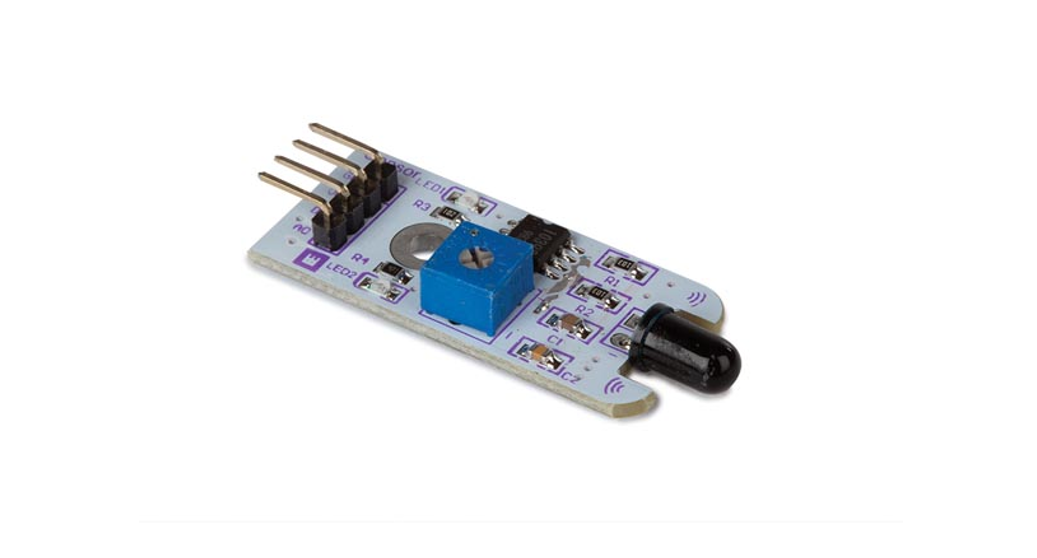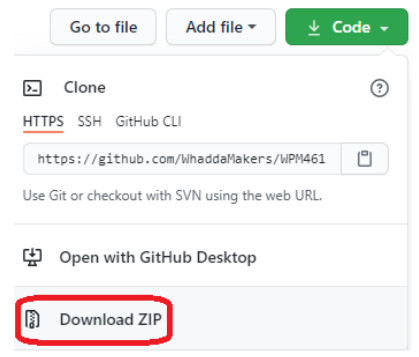
MANUALPHOTOSENSITIVE SENSORWPSE352
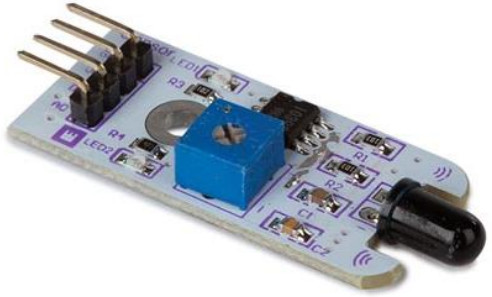
Introduction
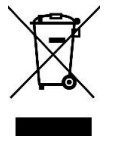 To all residents of the European UnionImportant environmental information about this productThis symbol on the device or the package indicates that disposal of the device after its lifecycle could harm the environment. Do not dispose of the unit (or batteries) as unsorted municipal waste; it should be taken to a specialized company for recycling. This device should be returned to your distributor or to a local recycling service. Respect the local environmental rules.If in doubt, contact your local waste disposal authorities.
To all residents of the European UnionImportant environmental information about this productThis symbol on the device or the package indicates that disposal of the device after its lifecycle could harm the environment. Do not dispose of the unit (or batteries) as unsorted municipal waste; it should be taken to a specialized company for recycling. This device should be returned to your distributor or to a local recycling service. Respect the local environmental rules.If in doubt, contact your local waste disposal authorities.
Thank you for choosing Whadda! Please read the manual thoroughly before bringing this device into service device was damaged in transit, do not install or use it and contact your dealer.
Safety Instructions
![]() Read and understand this manual and all safety signs before using this appliance.
Read and understand this manual and all safety signs before using this appliance.![]() For indoor use only.
For indoor use only.
- This device can be used by children aged from 8 years and above, and persons with reduced physical, sensory or mental capabilities or lack of experience and knowledge if they have been given supervision or instruction concerning the use of the device in a safe way and understand the hazards involved. Children shall not play with the device. Cleaning and user maintenance shall not be made by children without supervision.
General Guidelines
- Refer to the Velleman ® Service and Quality Warranty on the last pages of this manual.• All modifications of the device are forbidden for safety reasons. Damage caused by user modifications to the device is not covered by the warranty.
- Only use the device for its intended purpose. Using the device in an unauthorized way will void the warranty.
- Damage caused by disregard of certain guidelines in this manual is not covered by the warranty and the dealer will not accept responsibility for any ensuing defects or problems.
- Nor Velleman NV nor its dealers can be held responsible for any damage (extraordinary, incidental or indirect) – of any nature (financial, physical…) arising from the possession, use, or failure of this product.
- Keep this manual for future reference.
What is Arduino®
Arduino® is an open-source prototyping platform based on easy-to-use hardware and software.Arduino® boards are able to read inputs – light-on sensor, a finger on a button, or a Twitter message – and turn it into an output – activating of a motor, turning on an LED, publishing something online. You can tell your board what to do by sending a set of instructions to the microcontroller on the board. To do so, you use the Arduino programming language (based on Wiring) and the Arduino ® software IDE (based on Processing). Additional shields/modules/components are required for reading a Twitter message or publishing online. Surf to www.arduino.cc for more information
Product overviewThe Whadda WPSE352 is a photosensitive sensor module that features both an analog and a digital sensor output. The module uses a phototransistor to sense the amount of light directly in front of the sensor. The onboard potentiometer adjusts the sensitivity (turning it clockwise increases the sensitivity). The indicated turns off when the detected light level is above a preset threshold.Keep in mind that the light sensor has a narrow field of view, it is designed to only detect relatively bright light sources in close proximity to the sensor.
Specifications:Supply voltage: 3.3-5 V DCInterface: Analog & digital outputSensor type: phototransistorWeight: 3.5 gDimensions (W x L x H): 45.0 x 16.5 x 6.8 mm
Wiring description
| Pin | Name | Arduino® connection |
| VCC | Supply voltage | 5V |
| GND | Ground | GND |
| DO | Digital output | Digital Pin |
| AO | Analog output | Analog Pin (e.g. AO) |
| Pin | Name | Arduino® connection |
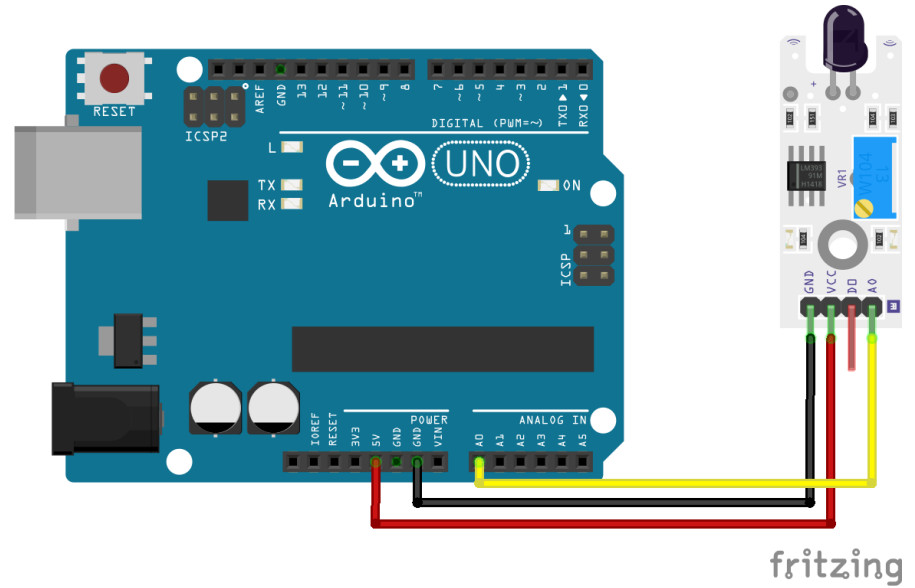
Example programYou can download the example Arduino® program by going to the official Whadda github page:github.com/WhaddaMakers/WPSE352
- Click the “Download ZIP” link in the “Code” menu:

- Unzip the downloaded file, and browse to the WPSE352_example folder. Open the example Arduino® sketch (WPSE352_example.ino) located in the folder.
- Connect your Arduino compatible board, make sure the correct Board and connection port are set in the tools menu, and hit Upload

- Open the serial monitor by clicking the serial monitor button
 , make sure the baud rate is set at 9600 baud
, make sure the baud rate is set at 9600 baud
The example program will read the analog voltage from the analog signal voltage pin (AO) of the sensor module and print out the result in the serial monitor.Try shining a flashlight directly into the sensor and check the readings in the serial monitor.


Modifications and typographical errors reserved – © Velleman Group nv. WPSE352Velleman Group NV, Legen Heirweg 33 – 9890 Gavere.
References
GitHub – WhaddaMakers/Photosensitive-sensor-module: Example code for Whadda photosensitive sensor module (WPSE352).
GitHub – WhaddaMakers/Photosensitive-sensor-module: Example code for Whadda photosensitive sensor module (WPSE352).
Arduino – Home
Arduino – Home
Whadda – Exciting Electronics
Arduino – Home
GitHub – WhaddaMakers/Photosensitive-sensor-module: Example code for Whadda photosensitive sensor module (WPSE352).
GitHub – WhaddaMakers/Photosensitive-sensor-module: Example code for Whadda photosensitive sensor module (WPSE352).
Whadda – Exciting Electronics
Arduino – Home
[xyz-ips snippet=”download-snippet”]

